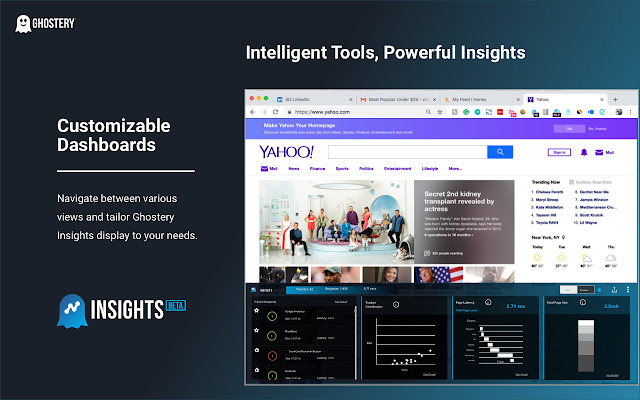
Best Books on Chart Pattern Trading
There’s a certain magic in charts. If you’ve ever stared at a candlestick pattern late at night, watching the market breathe in and out, you know it’s more than just lines and colors—it’s the pulse of the market. Chart pattern trading sits at the heart of many profitable trading strategies, and for anyone dreaming of mastering prop trading across forex, stocks, crypto, indices, options, or commodities, having the right books on your desk is like having a map through an unpredictable jungle.
"Patterns don’t lie, people do." That’s a common saying floating around trading floors. The truth is, good chart pattern knowledge bridges raw price action with strategic decision-making. Whether you’re trading your own account or using a prop firm’s capital, spotting a head-and-shoulders before it completes, or riding a bullish flag just before it breaks out, can be the difference between a quick win and a costly mistake. And where do you learn those instincts? From books written by traders who’ve been burned, learned, and then profited.
Why Chart Pattern Books Still Matter in a Digital World
Sure, there are endless YouTube videos, Discord channels, and Telegram signals promising quick wins. But books—especially ones focused on chart patterns—force you to slow down and digest information deeply. They provide context, case studies, and a structured framework so you can recognize setups without relying on alerts.
A well-written chart pattern book will walk you through:
- Classic formations like triangles, flags, pennants, and double tops
- Breakout traps—when to avoid them and when to exploit them
- Multi-timeframe analysis to align patterns on different market levels
- Volume confirmation—when it tells you the move is real, and when it’s noise
When you’re trading forex, that symmetrical triangle on the H4 chart could mean positioning ahead of a big central bank announcement. In crypto, the same shape might signal a liquidity squeeze before a weekend rally. Patterns are universal; what changes is the context.
Recommended Classics for Any Prop Trader
Some books have earned “must-read” status for serious chart pattern traders:
- "Technical Analysis of the Financial Markets" by John Murphy – The encyclopedia of charting. If you could only read one, this is it.
- "Encyclopedia of Chart Patterns" by Thomas Bulkowski – Like having a pattern dictionary. Bulkowski’s statistical breakdowns are gold if you like data backing your trades.
- "Japanese Candlestick Charting Techniques" by Steve Nison – The book that brought candlestick patterns to the West. Whether you trade crypto or commodities, knowing a morning star or doji can change your entries.
- "Chart Patterns" by Bruce M. Kamich – Practical insights mixed with market psychology.
Each has its own edge—Bulkowski’s work is quantitative, Nison’s shines in cultural trading history, Murphy’s covers multi-asset perspectives.
Prop Trading and the Expanding Market
Prop trading firms love traders who can read charts well. Why? Because chart pattern literacy means you spot profit opportunities with reduced risk exposure. In a world where markets run 24/7 across foreign exchange, U.S. equities, bitcoin futures, and even oil options, the ability to recognize profitable setups is a weapon.
Multi-asset proficiency is a huge plus. A symmetrical triangle in Nasdaq futures might develop over days, while a similar pattern in ETH/USD in decentralized exchanges unfolds in hours. The timing, volatility, and catalysts differ, but the skill transfers directly.
Speaking of decentralized finance (DeFi)—it’s now a playground for traders who learned their craft in traditional markets but embrace crypto’s volatility. The challenge? Fragmented liquidity, unpredictable regulation, and risk models that don’t always fit the old frameworks. Still, the reward is speed and opportunity: smart contract-based execution can lock in profits faster than traditional brokers ever could.
Future Trends: AI-Driven and Smart Contract Trading
We’re stepping into an era where machine learning is identifying patterns faster than humans can blink. AI-powered systems are learning not just static formations but how they behave under shifting macroeconomic conditions. Imagine combining human intuition—honed from the best chart pattern books—with AI precision in prop trading strategies. It’s a dangerous but exciting game.
Smart contracts, too, change execution. An Ethereum-based trading bot can execute automatically when a breakout candle hits your set volume threshold. Programming these strategies into secure, decentralized protocols will be the next frontier. Traders who understand chart patterns will still have the edge—because AI may recognize the pattern, but it won’t grasp the broader human psychology without your input.
Closing Thoughts
Whether you’re trading with your own capital or scaling up in a prop firm, chart pattern skills are currency. Investing the time in the right books positions you to move beyond guesswork and into calculated strategy.
"Read the patterns, ride the waves." That’s the mindset. Get the classics, absorb them, practice on live charts, and adapt to the evolving financial landscape—whether the trade happens in New York, on Binance, or deep inside a DeFi protocol.

